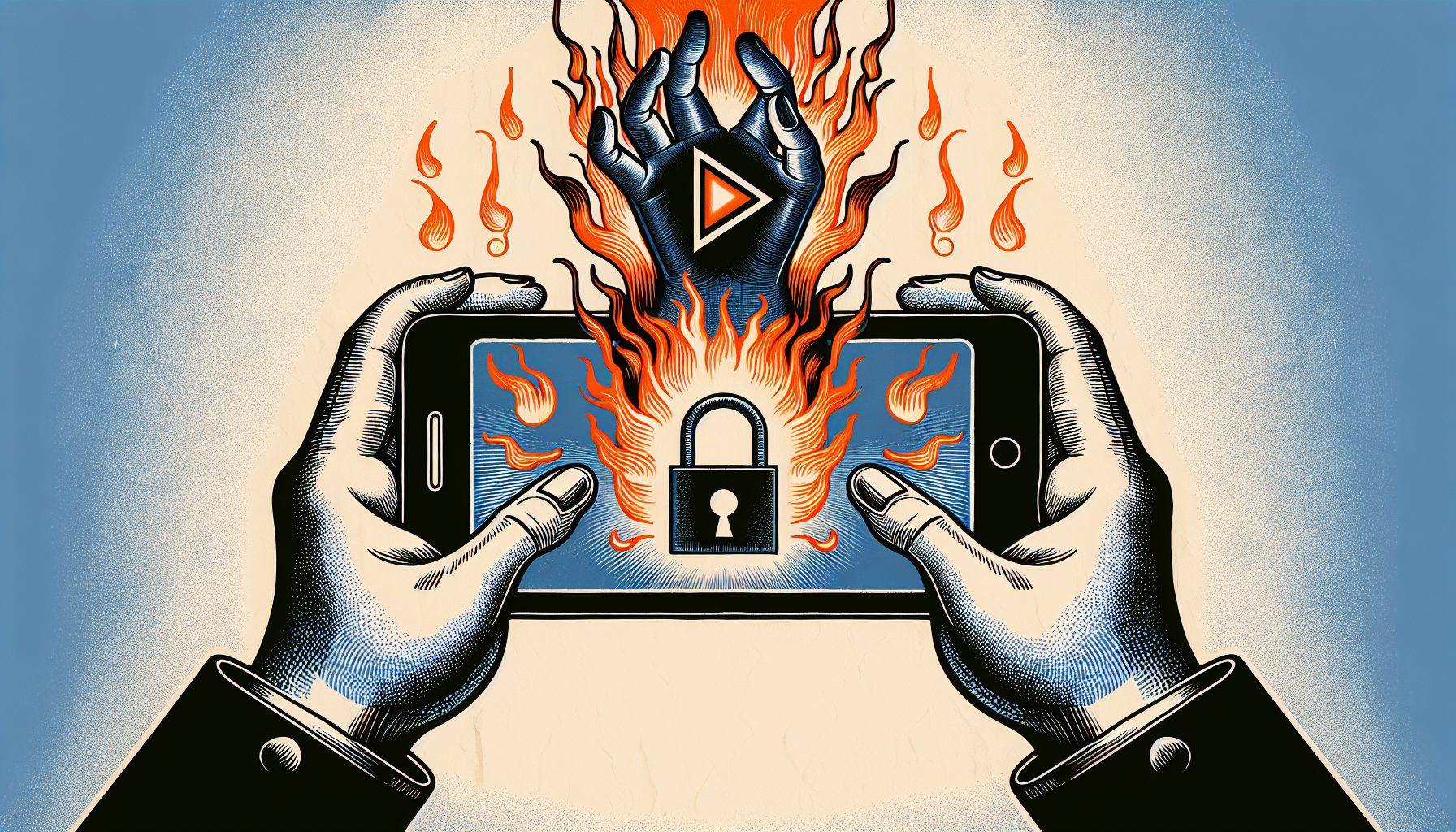The telecom giant Comcast has recently confirmed that hackers have exploited a critical-rated security vulnerability, resulting in the unauthorized access of sensitive information belonging to nearly 36 million Xfinity customers. This security vulnerability, known as “CitrixBleed,” is found in Citrix networking devices commonly used by large corporations. Since late August, hackers have been taking advantage of this vulnerability, targeting organizations that failed to patch their systems in time. Unfortunately, Xfinity, Comcast’s cable television and internet division, has become the latest victim of this breach.
The CitrixBleed Vulnerability
CitrixBleed, a critical-rated security vulnerability, was discovered in Citrix networking devices. These devices are frequently utilized by major corporations for their networking infrastructure. Hackers have been exploiting this vulnerability since late August, gaining unauthorized access to the systems of various organizations. Despite Citrix releasing patches to address this vulnerability in early October, many companies failed to implement the necessary updates promptly. Consequently, hackers successfully targeted prominent victims, including aerospace giant Boeing, the Industrial and Commercial Bank of China, and international law firm Allen & Overy.
Xfinity Falls Victim to the CitrixBleed Attack
On Monday, Xfinity released a notice to its customers, confirming that hackers had exploited the CitrixBleed vulnerability, gaining access to the company’s internal systems between October 16 and October 19. However, Xfinity only detected the malicious activity on October 25. By November 16, Xfinity determined that the hackers had likely acquired information, including customer data such as usernames and hashed passwords. The company has not disclosed the specific algorithm used to scramble the passwords, but weaker hashing algorithms can potentially be cracked. Moreover, for an undisclosed number of customers, hackers may have also accessed names, contact information, dates of birth, the last four digits of Social Security numbers, and secret questions and answers.
The Impact on Xfinity Customers
The exact number of Xfinity customers affected by the breach remains undisclosed. Comcast, in a filing with Maine’s attorney general, confirmed that nearly 35.8 million customers have been affected. Considering that Comcast has over 32 million broadband customers according to its latest earnings report, it is evident that this breach has likely impacted the majority, if not all, of Xfinity customers. The breach raises concerns about the security measures in place to protect customer data and the potential consequences of the stolen information falling into the wrong hands.
Response and Mitigation Measures
Xfinity promptly responded to the breach by requiring all customers to reset their passwords. Additionally, the company strongly recommends the use of two-factor or multi-factor authentication for all customer accounts, although it is not a default requirement. These authentication methods provide an extra layer of security, significantly reducing the risk of unauthorized access even if passwords are compromised. Xfinity continues to analyze the data breach and promises to provide additional notices as necessary, suggesting that further types of data may have been accessed.
The Scope of the Data Breach
While customer data has been compromised, Comcast maintains that there is no evidence of leaked customer data or attacks on its customers. However, the extent of the breach raises concerns about the potential misuse of the stolen information. Hackers could exploit this data for identity theft, phishing attacks, or other malicious activities. It is crucial for affected customers to remain vigilant and take appropriate measures to protect their personal information.
Possible Ransom Demand and Regulatory Compliance
As of now, it is unclear whether Xfinity received a ransom demand in connection with the breach. Additionally, it remains unknown if the incident has been reported to the U.S. Securities and Exchange Commission (SEC) in compliance with the regulator’s data breach reporting rules. Comcast’s spokesperson declined to comment on these matters. However, it is imperative for organizations to adhere to regulatory requirements and promptly report any data breaches to the appropriate authorities.
Strengthening Data Security Measures
This data breach serves as a reminder of the importance of implementing robust security measures to safeguard customer data. Organizations should prioritize timely patching of vulnerabilities and regularly update their systems to protect against known threats. In addition, the use of strong encryption and hashing algorithms is essential to ensure the security of sensitive information. Employing multi-factor authentication provides an extra layer of protection, as it requires users to provide multiple forms of identification before accessing their accounts.
See first source: TechCrunch
FAQ
What is the CitrixBleed vulnerability, and how does it impact organizations like Comcast?
The CitrixBleed vulnerability is a critical-rated security flaw discovered in Citrix networking devices commonly used by large corporations. Hackers have been exploiting this vulnerability to gain unauthorized access to organizations’ systems, including Comcast. It allows them to potentially access sensitive data, including customer information.
How long have hackers been exploiting the CitrixBleed vulnerability, and why were they successful in targeting organizations like Comcast?
Hackers have been taking advantage of the CitrixBleed vulnerability since late August. Many organizations, including Comcast, were targeted because they failed to implement the necessary patches released by Citrix in early October promptly.
When did Comcast detect the CitrixBleed attack, and what information was likely compromised?
Comcast detected the CitrixBleed attack on October 25, but hackers had gained access to its internal systems between October 16 and October 19. Customer data, including usernames and hashed passwords, was likely compromised. Additionally, for an undisclosed number of customers, information such as names, contact details, dates of birth, the last four digits of Social Security numbers, and secret questions and answers may have been accessed.
How many Xfinity customers were affected by the data breach, and what are the potential consequences for these customers?
Comcast confirmed that nearly 35.8 million customers were affected by the breach. This breach raises concerns about the security of customer data and the potential for identity theft, phishing attacks, or other malicious activities using the stolen information.
What measures has Xfinity taken in response to the breach, and what is recommended for affected customers?
Xfinity has required all customers to reset their passwords in response to the breach. Additionally, the company strongly recommends the use of two-factor or multi-factor authentication for all customer accounts to enhance security. Customers should follow these recommendations and remain vigilant about protecting their personal information.
Has there been a ransom demand in connection with the breach, and has the incident been reported to regulatory authorities?
It is currently unclear whether Xfinity received a ransom demand in connection with the breach. Additionally, it remains unknown if the incident has been reported to the U.S. Securities and Exchange Commission (SEC) in compliance with data breach reporting rules. Comcast’s spokesperson declined to comment on these matters.
What lessons can organizations learn from this data breach, and what steps should they take to strengthen data security?
Organizations should prioritize timely patching of vulnerabilities, regular system updates, and the use of strong encryption and hashing algorithms to protect sensitive data. Implementing multi-factor authentication adds an extra layer of protection. Adherence to regulatory requirements and prompt reporting of data breaches to appropriate authorities is crucial to maintain data security and compliance.
Featured Image Credit: Photo by Nahel Abdul Hadi; Unsplash – Thank you!









